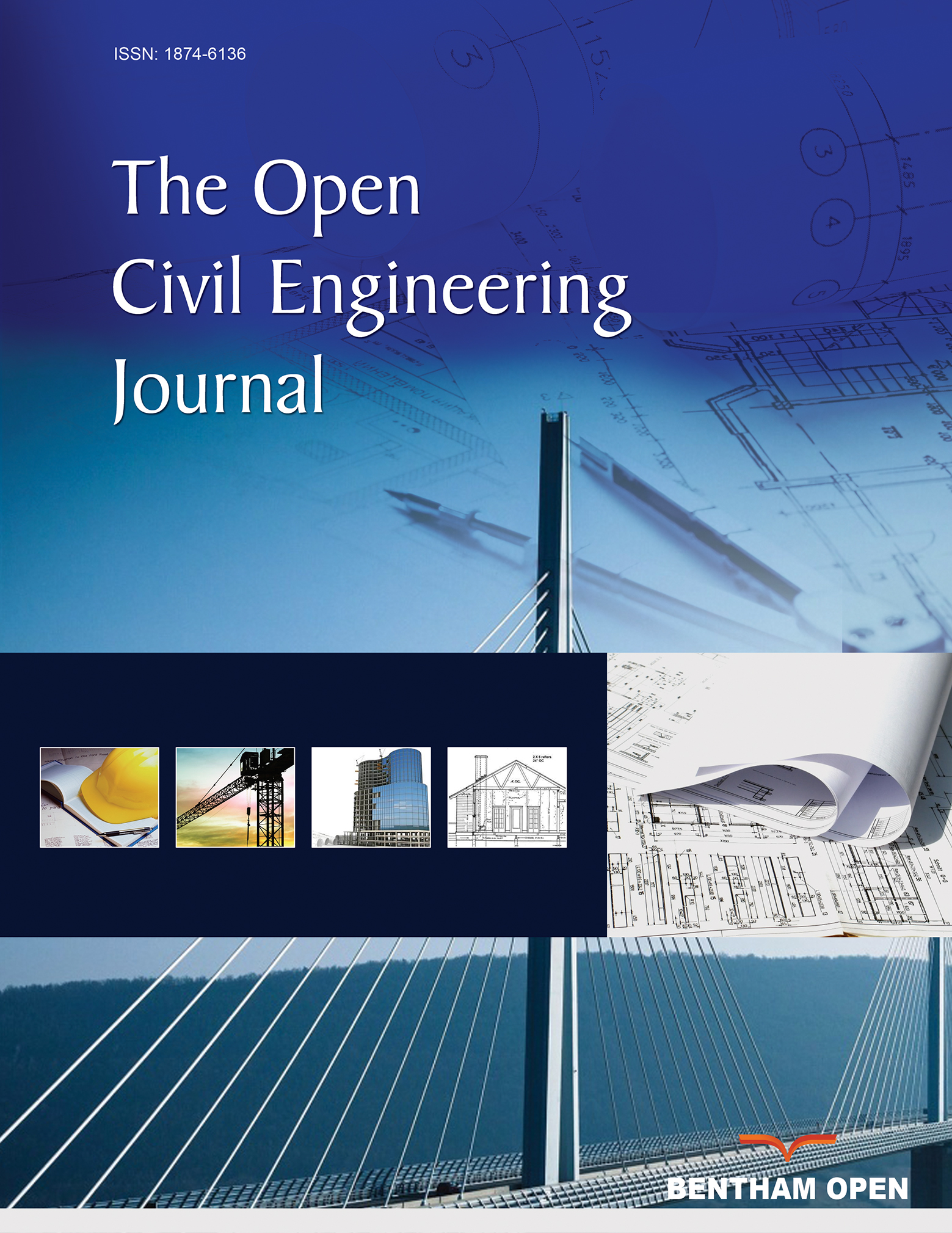All published articles of this journal are available on ScienceDirect.
Shallow and Wide RC Beams, Definition, Capacity and Structural Behavior – Gap Study
Abstract
Wide beam, shallow beam, and banded beam are almost equivalent terms for beams with limited depth and large width. They are often embedded in ribbed slabs to facilitate the formwork. The contribution of web reinforcement in the shear capacity of this type of beam is still a gray area, and all design codes neglected this contribution. The aim of this research is to introduce a general overview of this topic and detect the unstudied gaps in this topic. Nine design codes and about forty previous researches were collected, summarized, analyzed, classified, and mapped with respect to the considered parameters, utilized methodologies, recorded observations, and concluded outcomes to detect further research opportunities. The results indicated that design codes have no unified definition for the shallow or wide beams; most of them neglected the contribution of the shear reinforcement. On the other hand, the analysis of the collected research considering 32 points of the study showed that only 19 points are well studied; it also indicated an extreme shortage in both theoretical studies (using “Finite Element Method” FEM) and predictive models (mathematically using “Artificial Intelligence” AI) for the shear capacity besides the effect of creep and cyclic loading, especially for beams with web openings.


